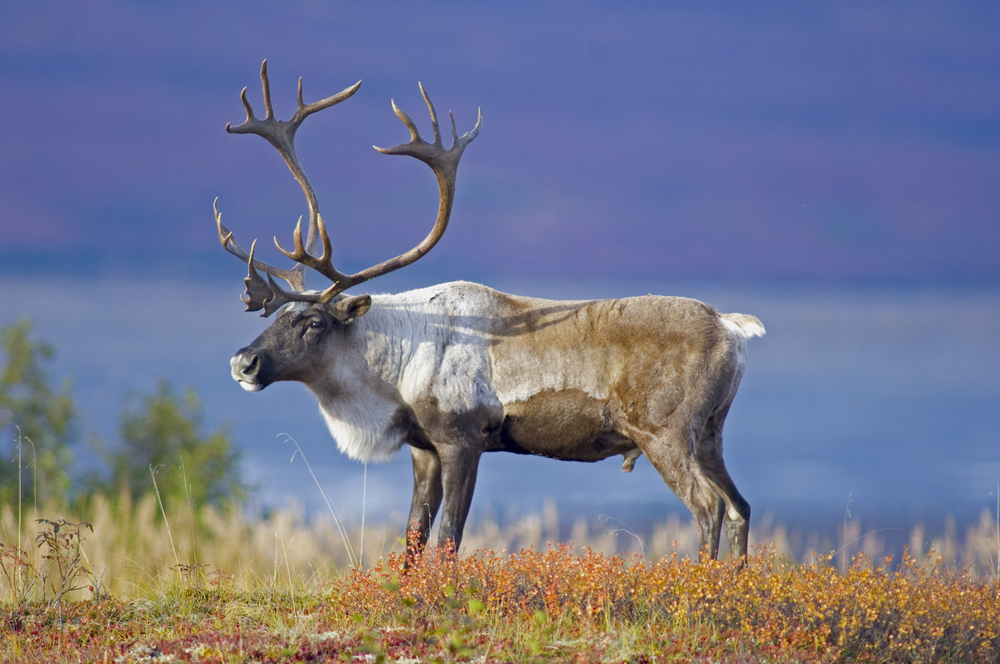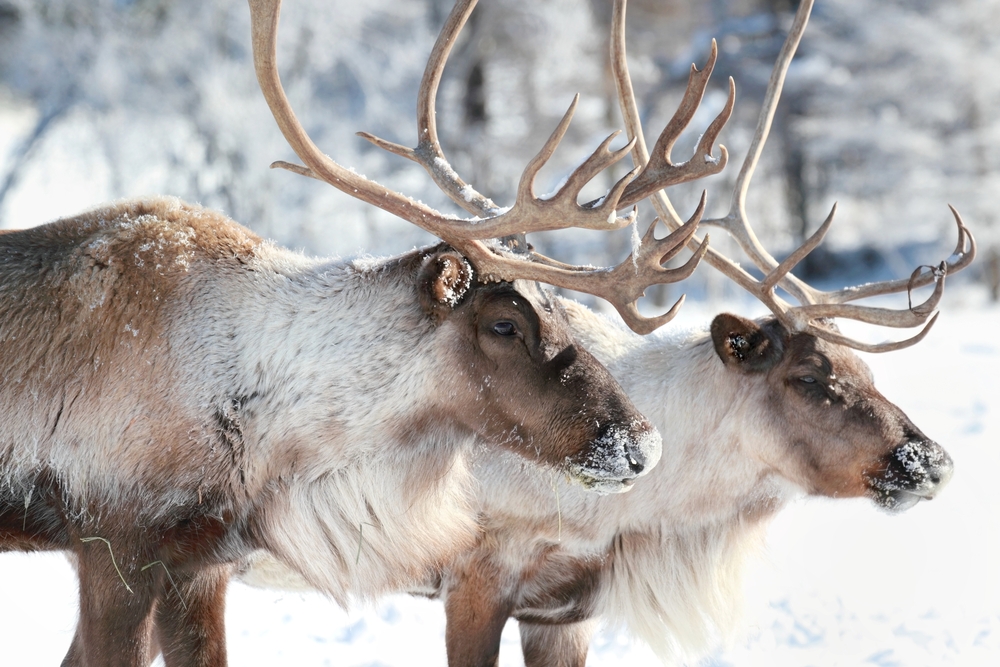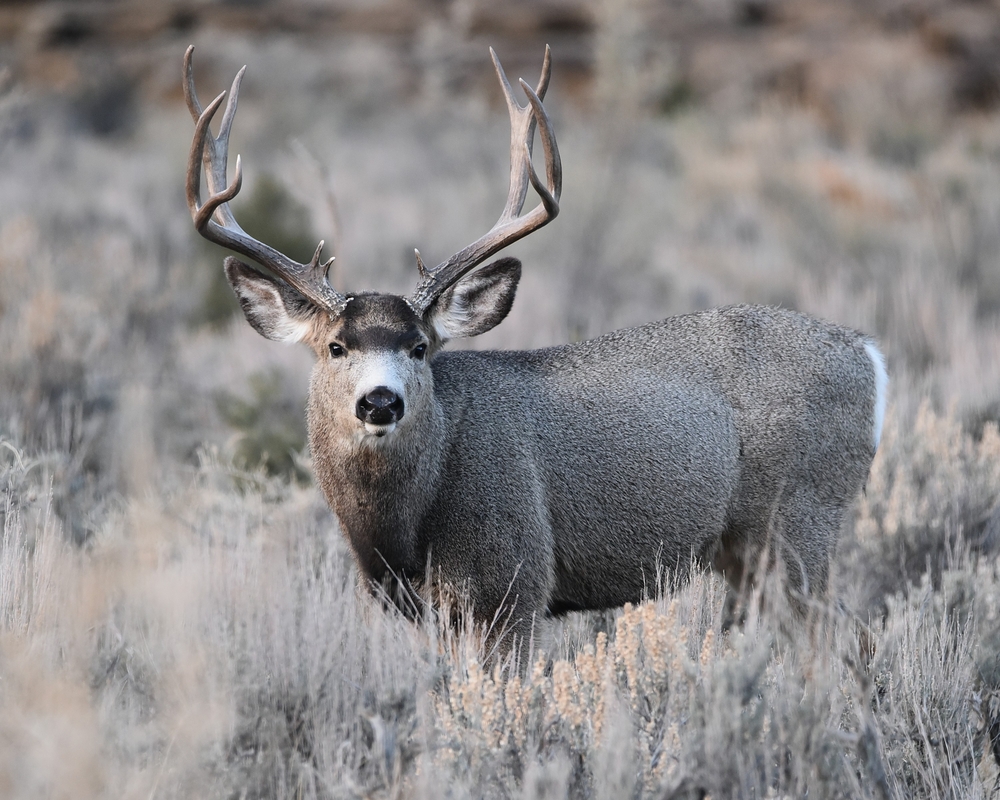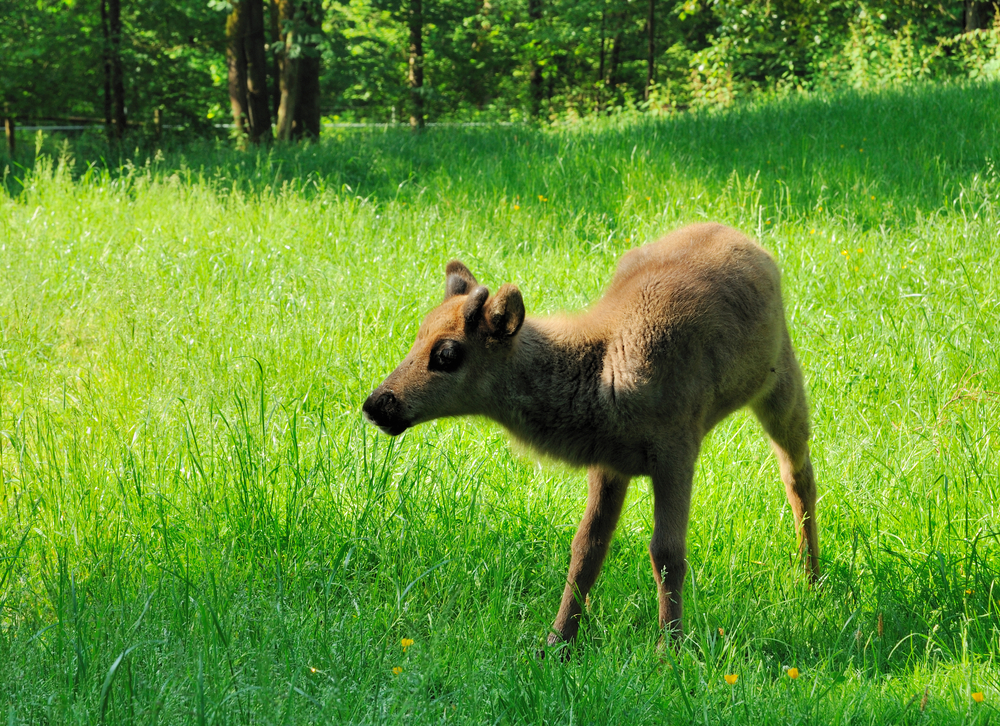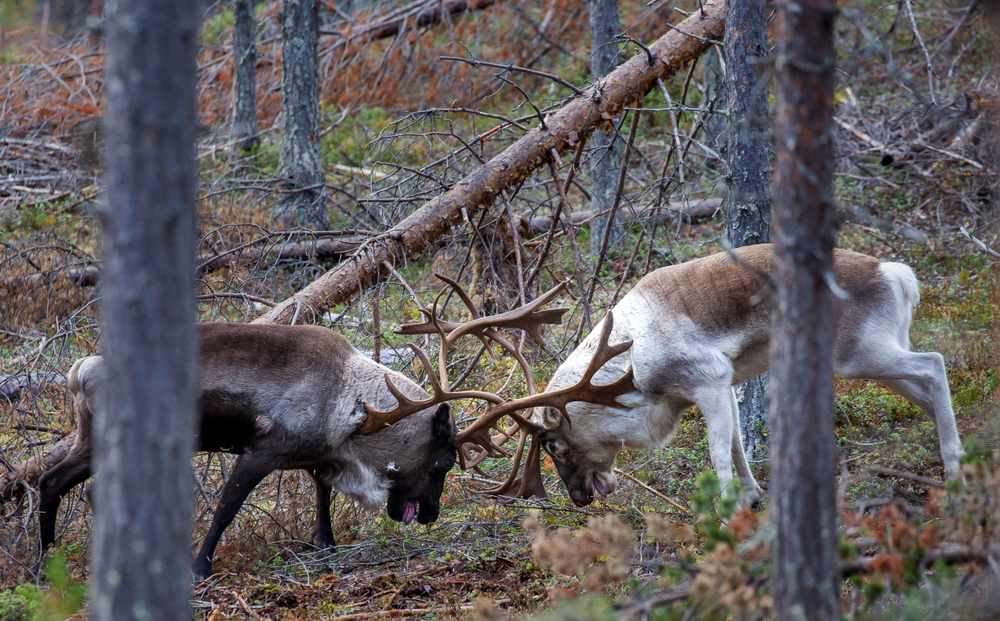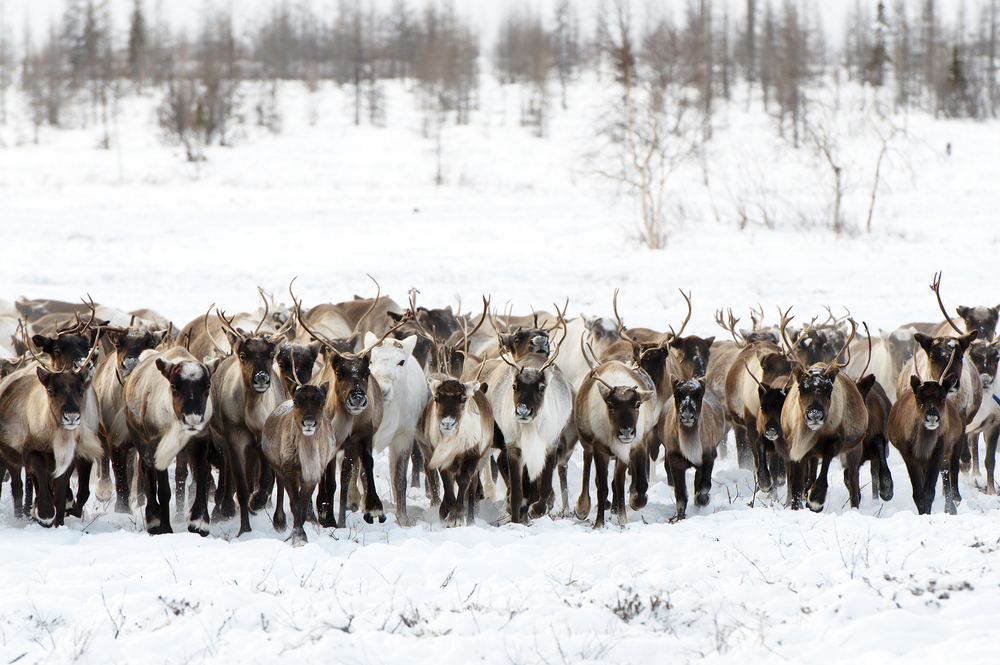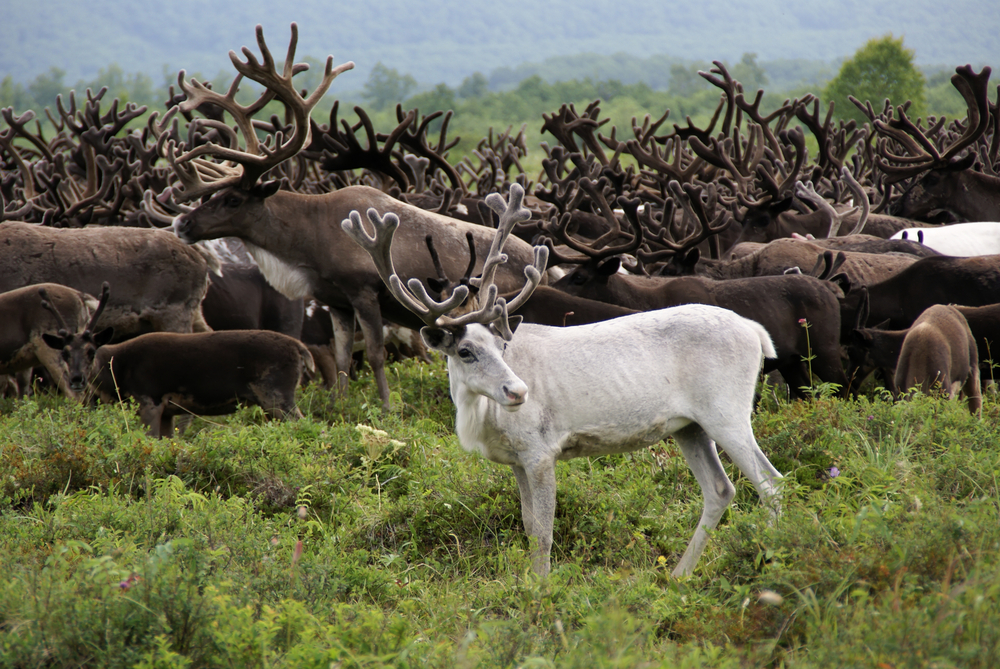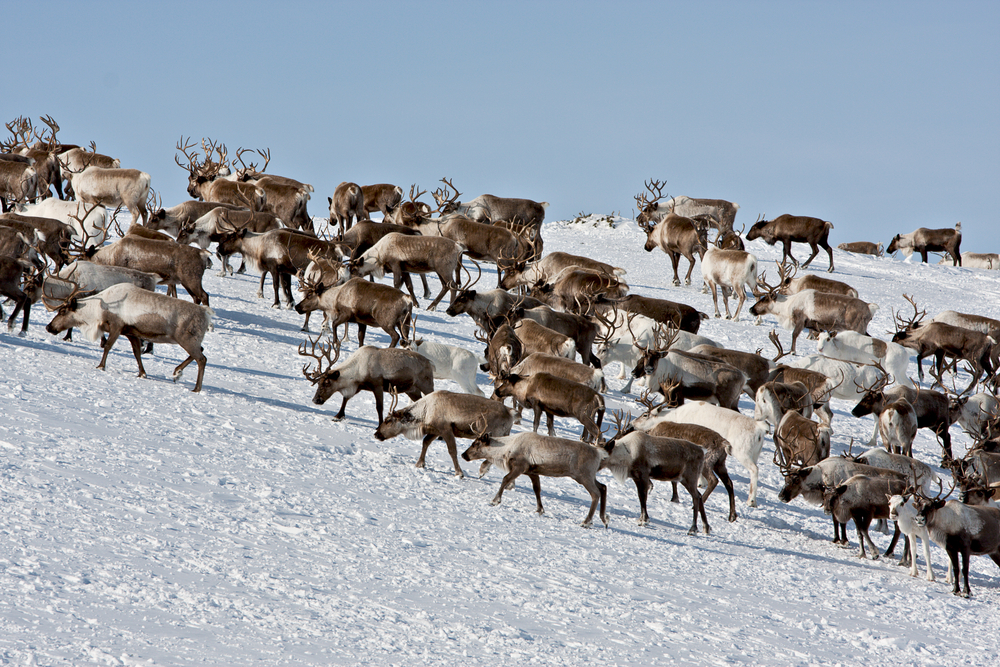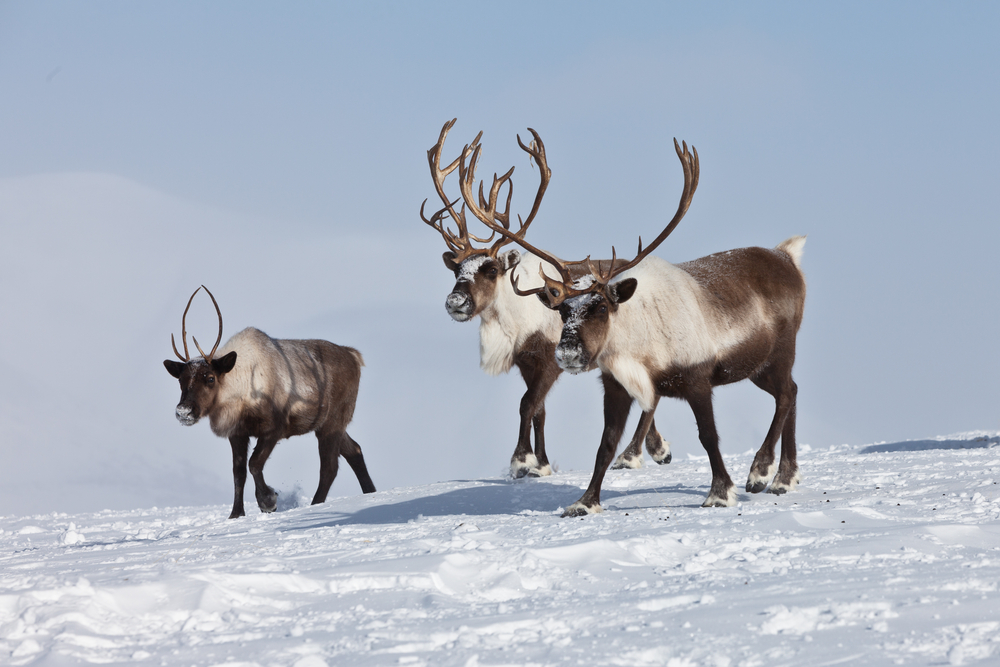Yes, caribou and reindeer refer to the same species, scientifically known as Rangifer tarandus. However, the terms are often used to describe different populations of this species, with some regional and behavioral differences:
- Caribou: In North America, the term “caribou” is used to describe the wild, migratory populations. North American caribou are typically larger and have adaptations for long-distance migrations. They roam freely in the wild and are not typically domesticated.
- Reindeer: In Europe and Asia, particularly in Scandinavia and Russia, the term “reindeer” is used. These animals are often semi-domesticated and have been herded for centuries by indigenous peoples, such as the Sámi in northern Europe and the Nenets and Chukchi in Russia. Reindeer are generally smaller and more sedentary compared to their North American counterparts.
The domestication is the key distinction, with reindeer being used for transportation, meat, milk, and hides. In contrast, caribou are primarily wild animals and not used in the same way, although they are still significant to the indigenous cultures of North America for subsistence and cultural reasons. Despite these differences, genetically and biologically, caribou and reindeer are the same species.



































































